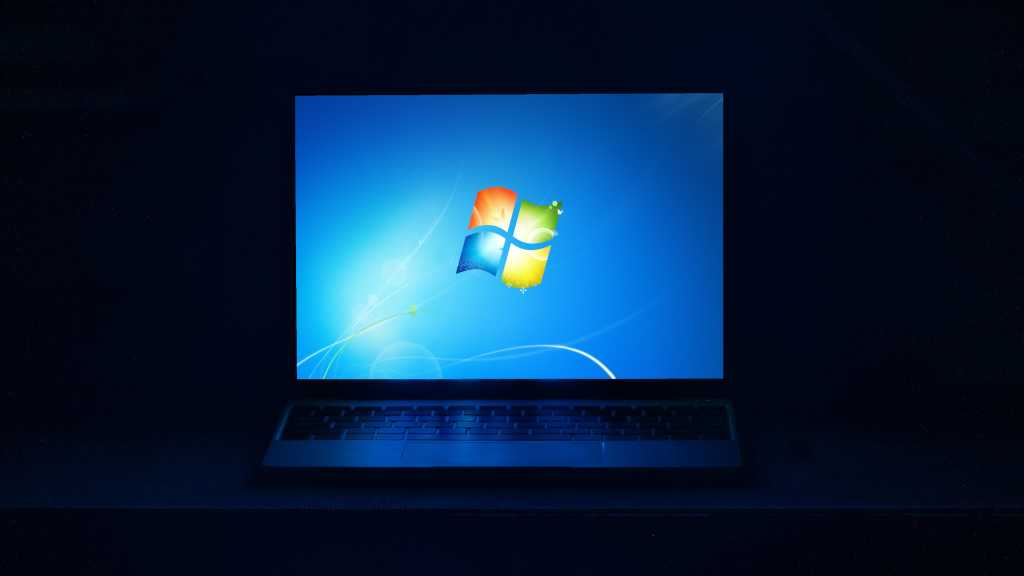As the article notes, the increase seems to be driven mainly by users in Asia, where recycling and reusing older hardware is quite common. I wonder if third-party companies are offering extended security patches there, which could make affordable second-hand Windows 7 machines more appealing for people who just need them for browsing or light tasks. It would certainly make sense given recent fiascos and Microsoft’s current stance on AI, especially with generative AI being used to develop system-level code.



Manjaro might not be the best starting point tbh. So many better choices.
It’s not that I’m disagreeing with you. I’m just not agreeing with you.
I personally think that (as unpopular an opinion as it may be) Flatpak’s largely make the choice of first distro irrelevant. The weakness in Manjaro is that you either risk using the AUR or stay on old versions of the software. Or with Mint/Ubuntu/etc… you either risk adding random repos to your sources list or you use older versions of the software.
Either way, you run the risk of a new person mucking up their system with a bad repo or a bad aur package.
The alternative, using flatpaks, largely solves both issues for when you need newer versions of a certain software, and are dead simple to install/remove/update, etc…
And I say this as someone who was super skeptical of flatpak’s for a very very long time.
That is part of it yes. But Manjaro has so many other things specially new users will not expect and know how to fix, It is not a great starting point as they claim it is. From DDOS’ing the AUR to forcing users to rollback time because they let ssl certificates expire. their are many things they dont do right and for new users this can be a major turn of when they are hit with these issues. for a distro aiming to be arch but user friendly. And the user doesn’t have to do anything weird for these things to happen just use your system as you would no AUR and update and break the system. this has happened so often with Manjaro that i would steer away from it unless you know how to manually fix those breakages. but at that point just use arch.